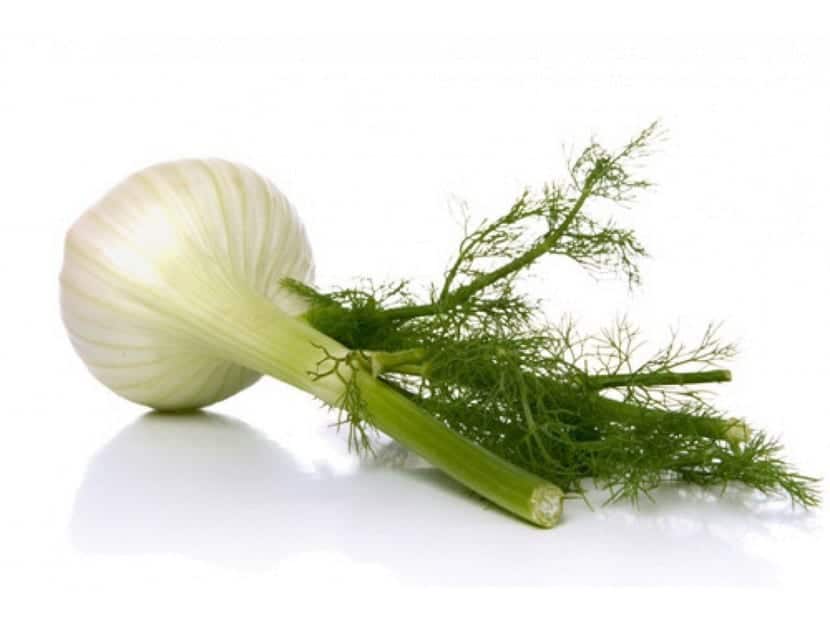
All the apiaceae, or Umbelliferae as they were called before, are herbaceous plants, sometimes shrubby, of great importance for human beings. There are many species that are grown for their roots or bulbs, and although the name of their family does not sound like anything to you, I am convinced that you have some in the kitchen or in your garden 😉.
And, as if that were not enough, many of them have medicinal properties of interest to health. Discover its features.
Origin and characteristics

Fennel
This botanical family It is made up of 440 genera and more than 3500 species originating from all over the world., being less frequent in tropical and desert regions, as well as in Australia. They often have straight stems, from which sprout alternate, whole, split or trimmed leaves, very divided, green in color.
The flowers are grouped in umbel-shaped inflorescences, which can be simple or capituliform, and are hermaphroditic, whitish, yellowish or pinkish / reddish in color. The fruit is dry, of the achene type, and contains small, black seeds.
What are the main species of the Apiaceae family?
Talking about 3500 species would take us a long time 🙂, so what we have done has been to select the most common ones:
- Anethum graveolens: known as dill, is an annual herb native to the Mediterranean whose leaves and fruits are used as a condiment, and its seeds in the preparation of infusions.
- Apium graveolens: known as celery, It is a herb native to the Mediterranean, widely cultivated for its root, either raw or cooked.
- Conium maculatum: known as hemlock. It is a very poisonous biennial herb native to Europe and North Africa.
- Daucus carota: known as carrot, is a biennial herb native to Europe and Southwest Asia cultivated for its napiform root, which is consumed as a vegetable.
- Foeniculum vulgare: known as fennel, is a perennial and aromatic herb native to southern Europe, especially on the Mediterranean coast. It is grown for its interesting uses: the chopped leaves and stems serve as flavorings, the seeds as a spice, and the bulb as a vegetable.
- Petroselinum crispum: known as parsley, is a biennial herb native to the central Mediterranean area, cultivated for its leaves and stems, which when consumed raw are rich in vitamins A, C and K, thus being a good ally for health.

Has this topic been interesting to you? 🙂